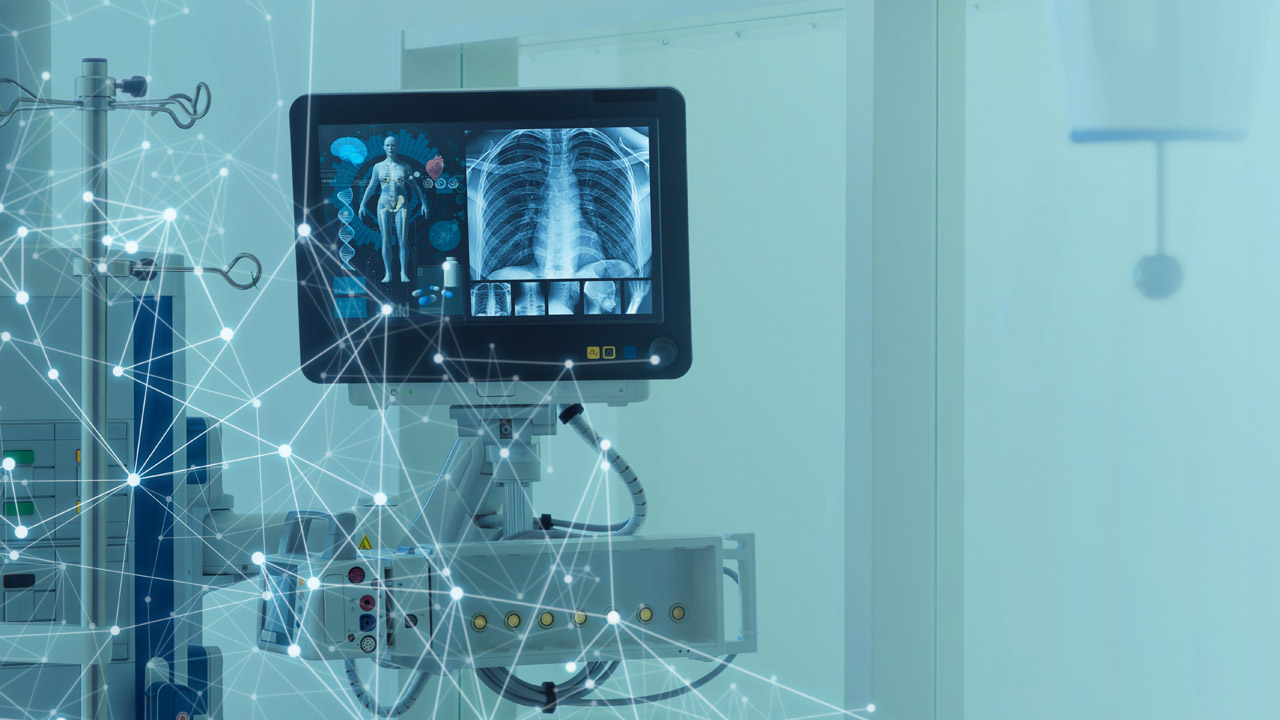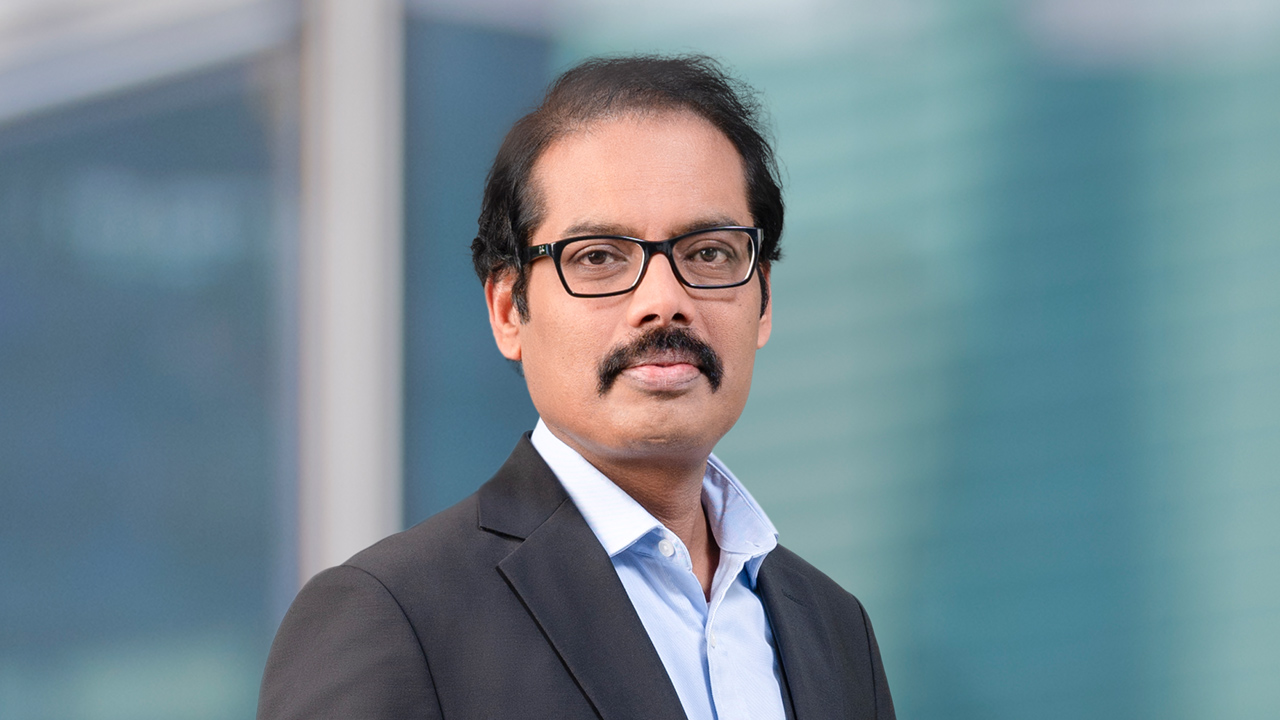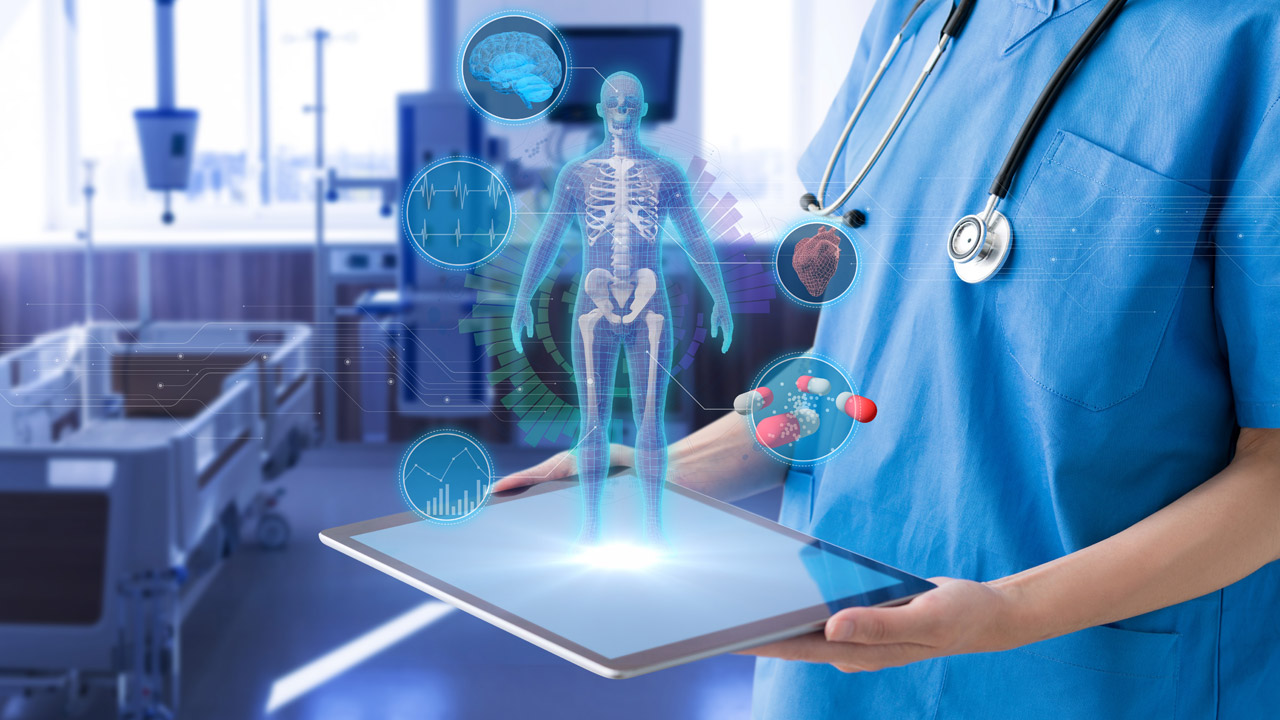29.03.2022
O2 Telefónica and Helios launch 5G network operation in hospital: 5G standalone campus network for Helios Klinikum in Leipzig ready for use

Helios Park-Klinikum Leipzig has been operating the first private 5G standalone campus network in a hospital since December 2021. ()
Digitization in the healthcare sector is necessary. The corona pandemic has made this visible in many places. To drive digitization forward in its own hospital, Helios Park-Klinikum Leipzig has been operating the first private 5G standalone campus network in a hospital in Germany since December 2021. The 5G standalone campus network designed and built by O2 Telefónica acts as a digitalization turbo. With the deployment of the government-funded 5G campus network, the hospital operator expects a boost in efficiency and innovation.

Chief Technology & Information Officer Mallik Rao
"In Leipzig, we have set up our own 5G network with our technology partners, in which Helios can now test the practical application of the transmission technology in the hospital environment and everyday life," Mallik Rao, Chief Technology & Information Officer at O2 Telefónica, explains the project. "I am convinced that with the launch of the 5G campus network at Helios, many new applications will develop at great speed," Rao continues.
"The aim of the 5G project is to optimize the efficiency of existing medical systems and to give doctors and nurses more time for their core tasks," emphasize Julian Zimmer and Matthias Hirsekorn, the hospital directors at the Helios hospital site in Leipzig. "Because thanks to the 5G infrastructure that is now in place, our on-site employees will develop new ideas for what they can use the forward-looking campus network for. This will provide a qualitative boost for our services," the managing directors are convinced.
5G campus network enables boost to healthcare efficiency and innovation
In the healthcare sector, the special requirements must be taken into account: Sensitive data is at stake - and, above all, people's health and lives. Secure and reliable information exchange is therefore a vital prerequisite and the starting point for efficient treatment. 5G mobile communications can help ensure this qualitatively and enable economic progress. 5G offers hospitals the best conditions for this. After all, the network's ability to adapt optimally to new networking requirements is seen as a key to the success of digitization for modern healthcare facilities.
5G can bring more flexibility
Much of the hospital still runs wired. Wireless LAN is primarily used by patients to access the Internet and perhaps also in administration for classic office applications. But in the direct healthcare service close to the patient, the vast majority of things run statically wired.
The 5G standalone campus network at Helios in Leipzig
The 5G campus network built in Leipzig is fully designed to meet Helios' needs and operations. It is based on the latest 5G standalone standard. A complete 5G standalone core network is used, with all components and functions located on site. This ensures that data does not leave the premises and that only Helios, as the on-site campus network operator, has sole access and thus complete control over the network and network traffic. The radio network supplies around 50 premises spread over two buildings.
5G positioning data successfully tested in detail for the first time in the field

The 5G platform implementation offers the possibility of capturing positioning data. ()
As part of the 5G platform implementation, a focus was placed on the possibility of also capturing positioning data with 5G. For this purpose, an application was installed as edge computing that evaluates and visualizes the 5G positioning data via an algorithm.
From Helios' point of view, this is the first time that this 5G performance feature has been tested in detail in an areal 5G campus installation. The result achieved is very promising and already delivered an accuracy of about 10 centimeters under certain conditions. The knowledge gained will now be used to further optimize the application and use it for specific applications (use cases).
In cooperation with O2 Telefónica, Helios can point to an initial development success here that can play a pioneering role in the industry. In coordination with the medical departments, further development is now being defined and prioritized in order to be able to use the full benefits and further advantages of the installed 5G technology optimally for improvements in the e-health sector. With the availability of the platform, Helios has laid the foundations for this.
Implementation within a few months
The network was planned and implemented by a team from Helios, Iconec, Huawei, and O2 Telefónica within four months. The time frame was challenging, as the construction of the network had to take place during ongoing hospital operations. As part of the network implementation, special emphasis was placed on electromagnetic compatibility. To this end, O2 Telefónica successfully carried out extensive EMC tests with typical medical equipment on site to completely rule out any possible adverse effects.
State support
As part of the government-funded 5G_eHealthSax research project, healthcare provider Helios became the first clinic in Germany to receive a license from the Federal Network Agency two years ago for the Helios Park-Klinikum Leipzig to set up an independent 5G network on the site in Leipzig.
Possible fields of application for 5G in hospitals
The hospital bed, for example, is an important collection point for vital data, medical records, information from devices next to the bed. This all belongs to the bed and the patient and should not be transmitted over insecure networks. At the same time, the bed is mobile. If it is moved, a lot of data is disconnected and the patient cannot be monitored during that time. If the bed, devices and data are networked via 5G mobile communications, they remain connected. Another example: In the Corona pandemic, parts of hospital departments have been converted to provide more emergency and also ICU beds for Covid19 patients. In practice, however, this was often only possible with a great deal of effort, as the necessary medical equipment was wired up and there were often not enough data network connections available in the converted wards to reconnect it. Or: The dosage of medication via a drip is typically done manually. But this could also be automated in a modern infusion system, which could then be controlled and monitored via the 5G campus network.